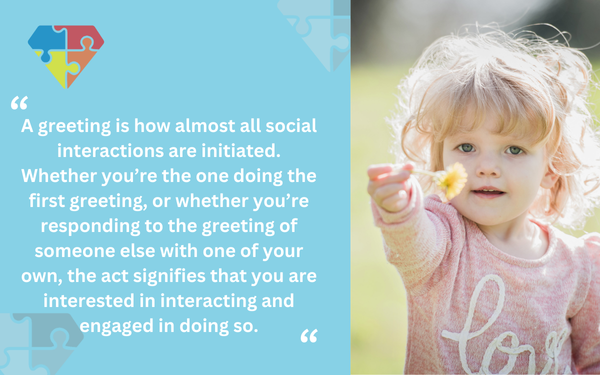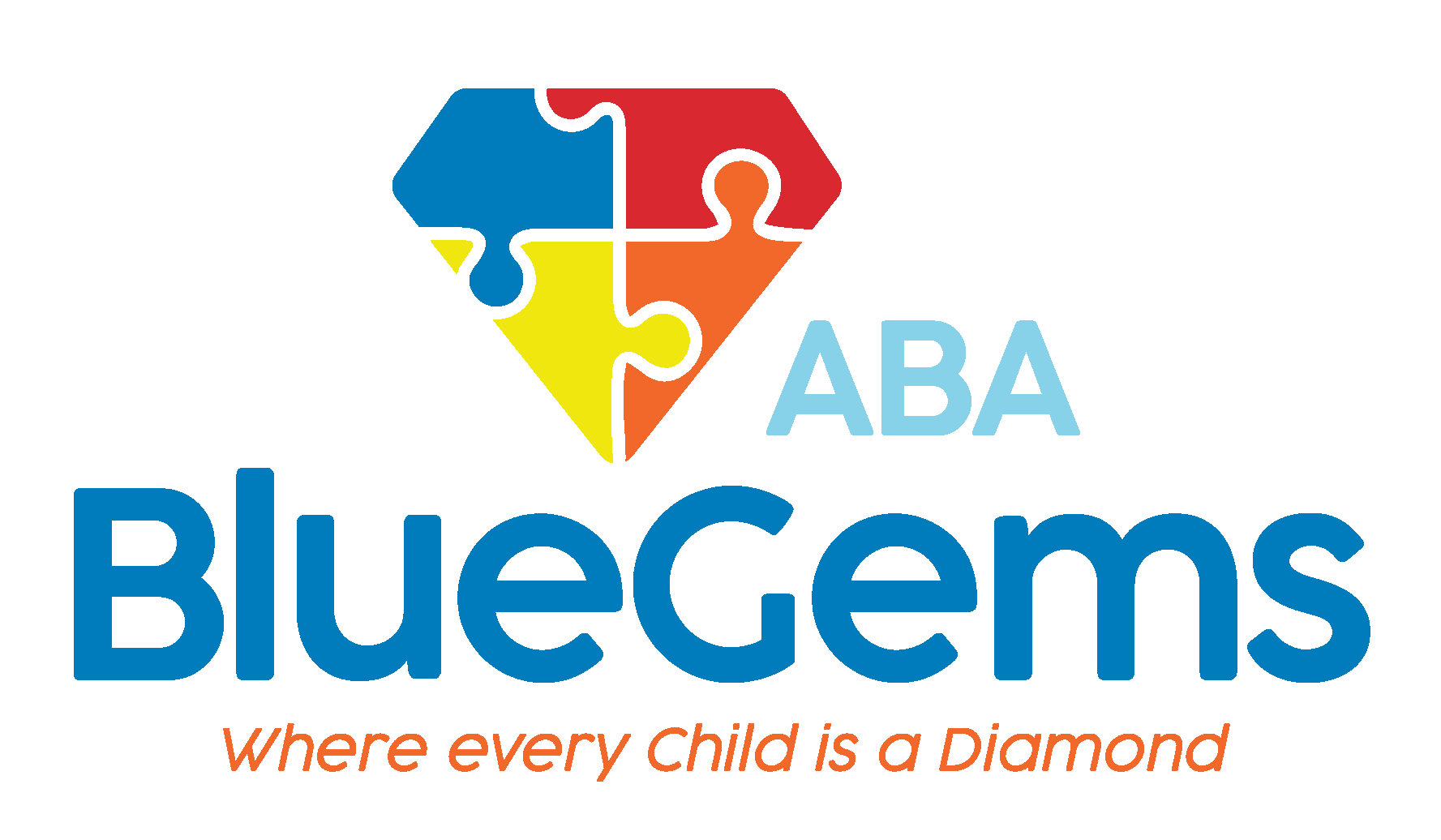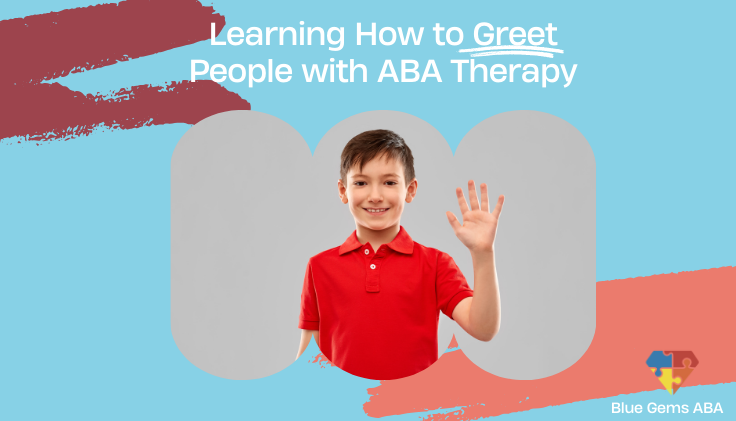Learning How to Greet People with ABA Therapy
Saying hi or waving may seem like a simple skill, but it’s an extremely important aspect of building meaningful social interactions. When we greet people, we are letting them know that we recognize them, that we’re happy to see them and that they’re welcome.
Children learn the basic forms of greeting at a young age. It first starts with a simple smile, and then they learn how to wave. Eventually, the wave is accompanied by a spoken “hi” or “hello.”
As children get older, they will learn other nuances of greeting people, which will lead to them gaining the respect of their peers and authority figures.
Children with autism spectrum disorder (ASD) may struggle with learning how to greet people, as their neurodevelopmental disorder can cause challenges in communication and social interaction skills.
Fortunately, applied behavior analysis (ABA therapy) can teach children with autism how to greet people, which can then lead to bigger gains in communication and social interaction over time.
Here are some ways in which ABA therapy can teach children with ASD to greet people.
Table Of Contents
Why Are Greetings Important?
It’s first important to understand why greetings matter in the first place. Waving or saying hello might not seem all that vital, but it serves as the foundation of interacting with others.
A greeting is how almost all social interactions are initiated. Whether you’re the one doing the first greeting, or whether you’re responding to the greeting of someone else with one of your own, the act signifies that you are interested in interacting and engaged in doing so.

People who don’t greet others, or who don’t respond to others’ greetings, can seem disinterested, aloof or rude. These negative feelings can then carry over to how other people think of you, and whether they want to interact with you in the future.
Children with autism may not understand this important aspect of social interactions, though, which can lead to them having a tougher time forming meaningful relationships with others.
Is It Hard to Teach Children with Autism to Greet People?
Greeting people is one of the simplest forms of communication and social interaction. One of the main reasons for this is that it’s predictable and routine in most cases: When you see someone you know, you wave, for example.
Because of this predictability and routine nature, greetings are often relatively easy to teach children with autism, if you follow basic ABA therapy strategies. Children on the autism spectrum thrive on routine and structure, and greetings are a very behavior they can exhibit in response to a stimuli — i.e., seeing someone familiar to them.
Of course, in order to teach greetings, the therapist must first be sure that the child can recognize familiar people, that they can respond to their name and that they can accurately identify when someone else is greeting them.
How Does ABA Therapy Teach Children with Autism Greetings?
An important aspect of ABA therapy is to make the child feel comfortable when teaching new skills or behaviors. When teaching greetings, then, it’s important that the child is in an environment they’re comfortable with and that the people they’ll be practicing with are familiar to them.
Greetings can be taught using a number of basic ABA therapy techniques. This could include …
- Visual aids: A picture of a child waving to another child they see
- Social stories: A more visual and personal representation of how people greet others in real-world scenarios
- Modeling: An example of how to greet people and when to do so that the child can follow later
All of these strategies will incorporate prompts to signify to the child that it’s time for them to greet someone, as well as positive reinforcement to reward the child for successfully greeting someone.
The nuanced aspects of greetings — such as different forms of greetings, and when each is appropriate — can come in time and be layered on top of each other as the child demonstrates the ability to master the basic skills.
A key component of ABA therapy is teaching complex skills in much smaller, simpler steps that are easier for the child to manage. This helps them understand every single step of a certain skill so that they can master one before moving onto the next.
Blue Gems ABA Helps Children Build Social Interaction Skills
Greetings are an essential social skill that all people must learn if they want to successfully build and maintain relationships with others. Children with ASD may struggle with learning how to do this, but it is something that can be taught through ABA therapy.
At Blue Gems ABA, we craft personalized ABA therapy plans that cater to each individual child’s unique strengths, challenges and preferences. In this way, we can help them build the social interaction skills that they need to live a happy, healthy and productive life, as independently as possible.
To learn more, please contact us today.




